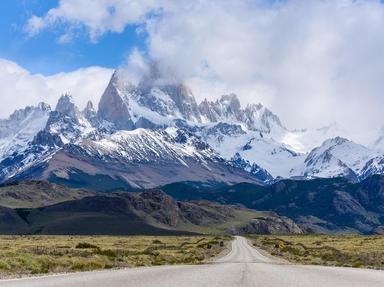Quiz Answer Key and Fun Facts
1. Three of these are peoples who are indigenous to Argentina. Who are the interlopers?
2. In 1536, who founded Santa Maria del Buen Aire, the ancestor of today's Argentinian capital?
3. The National University of Córdoba was founded in 1613, making it the oldest university in Argentina. Which religious group was responsible for its foundation?
4. In 1776, the Viceroyalty of Rio de La Plata was created. It consisted of areas from four modern day countries - Argentina, Bolivia, Paraguay and which other?
5. In 1812 General Manuel Belgrano ordered the population of which province to move or face execution?
6. Dubbed 'Liberator of the South', which of these men was largely responsible for freeing the more southerly countries of Argentina, Chile, and Peru from Spanish rule?
7. Which city was capital of the Argentine Confederation between 1854 and 1861?
8. Between 1976 and 1983, a military junta was in government in Argentina and brutally suppressed any opposition to its rule. By what name is this period known?
9. Who was the leader of Argentina at the time of the Falklands War, or Guerra de las Malvinas in Spanish?
10. Which of these women became the second female president of Argentina?
Source: Author
rossian
This quiz was reviewed by FunTrivia editor
ponycargirl before going online.
Any errors found in FunTrivia content are routinely corrected through our feedback system.
